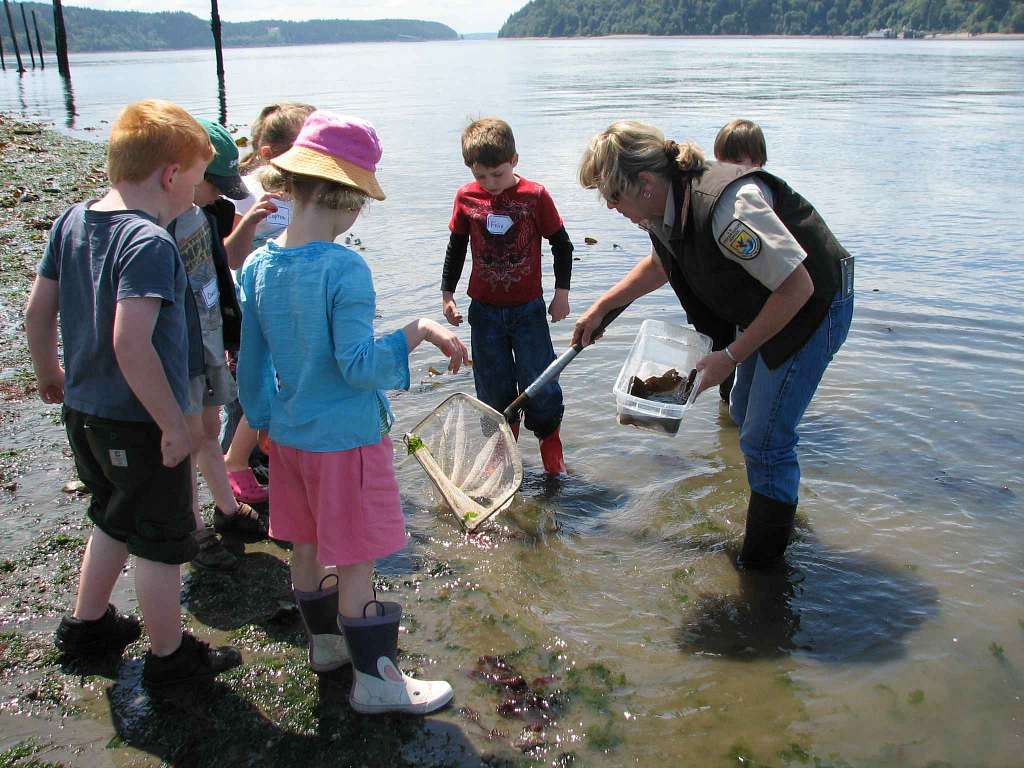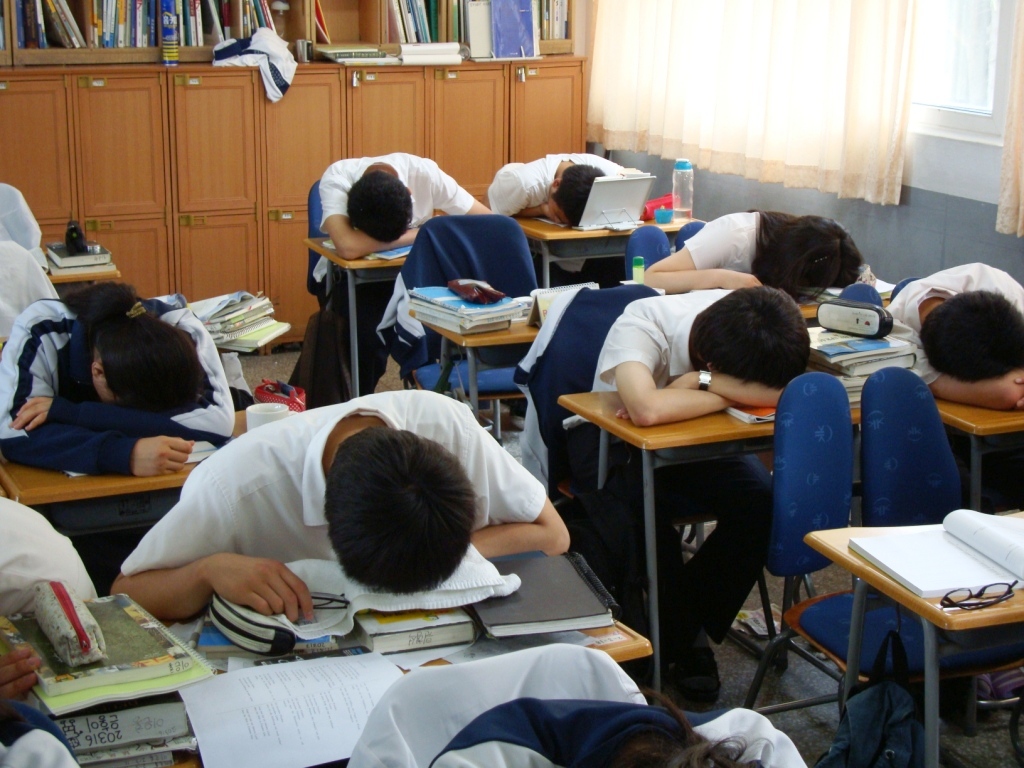John Nguyen, a chemistry teacher at Marina Valley High School in California, said that “it doesn’t matter how dynamic the lesson, there’s nothing that can compete with the cell phone.”
Teaching has always been a hard profession, but never more so than today. In the face of mounting challenges within the educational landscape, educators are finding that traditional lesson plans are insufficient in maintaining student engagement. The contemporary classroom is grappling with a myriad of issues: declining mental health, dwindling attention spans, faltering attendance, and deteriorating academic performance. These factors are not isolated; they are interwoven, impacting students’ ability to engage and succeed in their educational pursuits, but the cell phone is at the center of them.
Nguyen invented a pouch system because he was so distressed by bullying and fights on phones during class and often, no adult was willing to step in to restore order. Many teachers are afraid to confront students using phones during lessons, Nguyen said, and others have given up trying to stop it.
At Nguyen’s school, students lock their phones in neoprene pouches during classes or even all day—and smartwatches and wireless headphones as well. A teacher or principal’s magnetic key unlocks the pouches. But after school there is no such control and teachers find that “Isolating in your home every day after school for hours on end on a personal device has become normalized,” Superintendent Adam Swinyard said.
The flight into the world of the cell phone has brought what one teacher has called a “gradual apathy pandemic” and it is becoming increasingly difficult to engage the students in classroom discussion or school activities—even the extracurricular ones. Teachers are having to become more and more creative to break through this wall of indifference where the students prefer to stay silent rather than express an idea that their peers might find unacceptable. Their fear of “being canceled” is overriding their need for social interaction and education.

The statistics are sobering. A study by Springtide Research Institute revealed that 42% of students felt depressed most or all of the time over a two-week period. To address these concerns, educators and school leaders are exploring innovative strategies that go beyond the curriculum to foster a supportive learning environment. The Centers for Disease Control and Prevention (CDC) has outlined six in-school strategies to promote mental health and well-being, ranging from increasing mental health literacy to enhancing connectedness among students, staff, and families.
In Spokane, Washington, schools are ramping up extracurricular activities to compete with phones after hours by launching an initiative, “ Engage IRL” that aims to give every student something to look forward to after the school day, whether it’s a sport, performing arts or a club. Students can create clubs around interests like board games, dramatics, or even knitting, or participate in neighborhood basketball leagues. Teachers will help students make a plan to get involved during back-to-school conferences, the district says.

There is nothing new about forming clubs, but in the face of radical student disengagement, it is crucial to promote some face-to-face social interaction among the young people. “From 3 to 5:30 you are in a club, you’re in a sport, you’re at an activity,” instead of on a phone, Swinyard said. According to a Gallup poll conducted last November, only 48% of middle or high school students said they felt motivated to go to school, and only 52% felt they did something interesting every day.
Thirteen middle schools in Maine adopted a similar approach although in a different setting, bringing students outdoors for 35,000 total hours during a chosen week in May.
Tim Pearson, a physical education and health teacher believes it is empowering for students to connect with each other in nature, away from screens. To bring coherence to the initiative, teachers adapted their lessons to be taught outdoors, and students bonded in the open air during lunch and recess. At night, about half of Dedham’s students camped, encouraged by a pizza party.
“Whether they had phones with them or not, they’re building fires, they’re putting up their tents,” Pearson said. “They’re doing things outside that obviously are not on social media or texting.”
Our educational systems are at a crossroad. Personal technology is a huge distraction for young people, social media puts relentless pressure on them and the Covid pandemic erased the discipline of daily attendance in a physical classroom where interaction with the teacher and fellow students is the matrix of education. Traditional teaching methods are no longer enough to keep them mentally healthy, socially engaged, and willing to learn.












